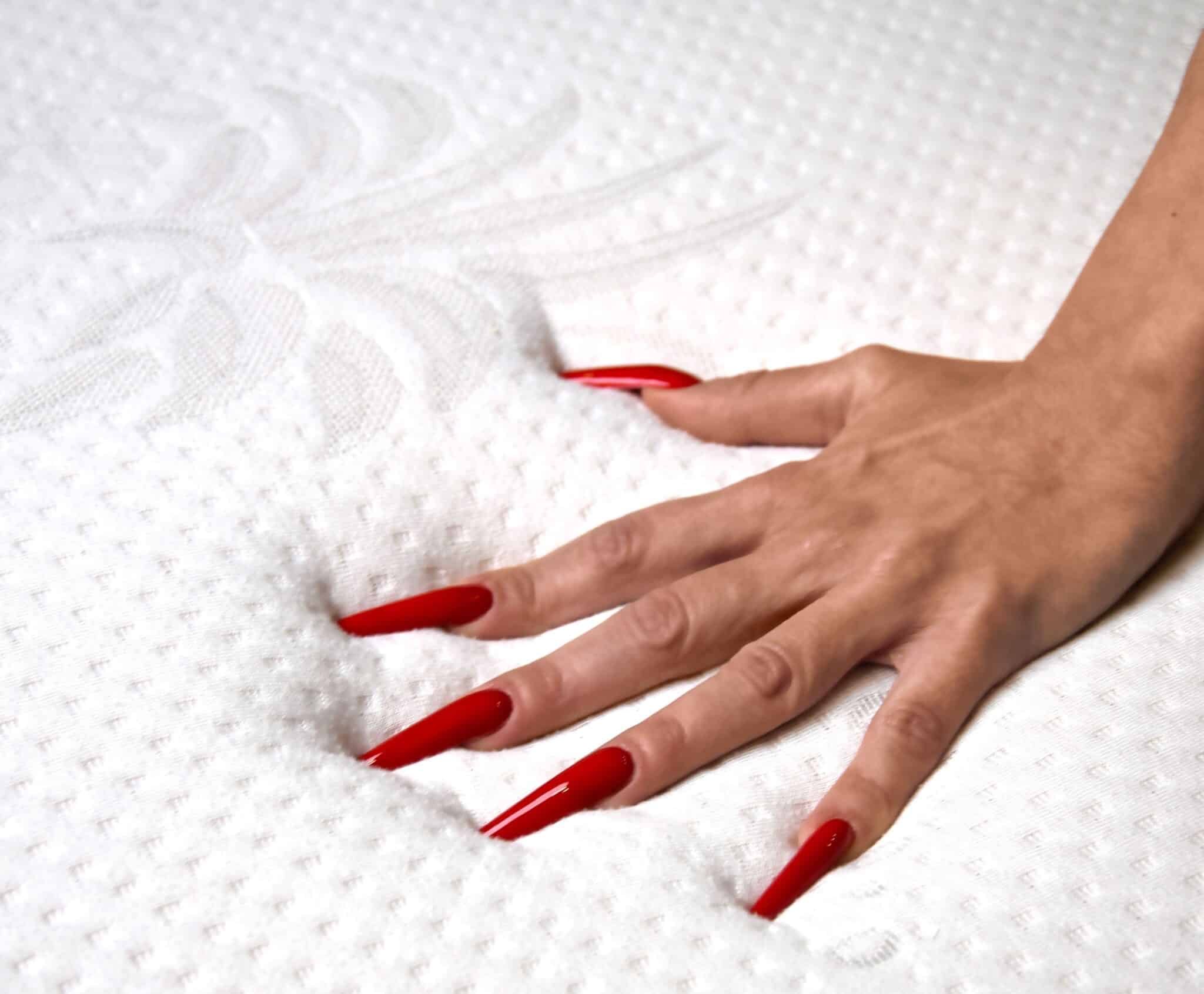No products in the cart.
Return To ShopIt’s time to seriously consider non-foam mattresses. A few years ago it seemed like every other commercial on television was for foam mattresses. Experts have touted the benefits of foam for people with neck and back pain, theorizing that its soft texture means the foam molds to the individual’s frame, relieving pressure on heavy and rounded body parts. Saying you had a memory foam mattress was a status symbol.
Foam mattresses contain unnatural chemicals
Foam mattresses are made using volatile organic compounds (VOCs), which then break down and leave the mattress. This leads to an unusual smell, which you will experience within the first few days of owning a memory foam mattress.
But the bad smell is the least of your worries. Most commonly found in adhesives, VOCs present in foam include chlorofluorocarbons, formaldehyde, benzene, methylene chloride, toluene, trichloroethane, naphthalene, perfluorocarbons, and polyols.
Polyurethane, the primary ingredient in most memory foam mattresses, is known to cause respiratory problems and skin irritation.
Although there is no such thing as chemical-free foam, if you insist on a memory foam mattress, don’t try to save money. Go for as natural a product as possible or you might regret it. Natural mattresses are made without chemicals, so there is no risk of inhaling anything dangerous from them.
Foam mattresses are not good for people who have certain pains
A few years ago, memory foam mattresses were said to be good for people with pain because they reduced pressure on the joints. But if you’ve ever tried sleeping on a memory foam mattress, you’ll know that the sinking feeling it gives you can actually be quite uncomfortable, especially if you like to toss and turn while you sleep.




























